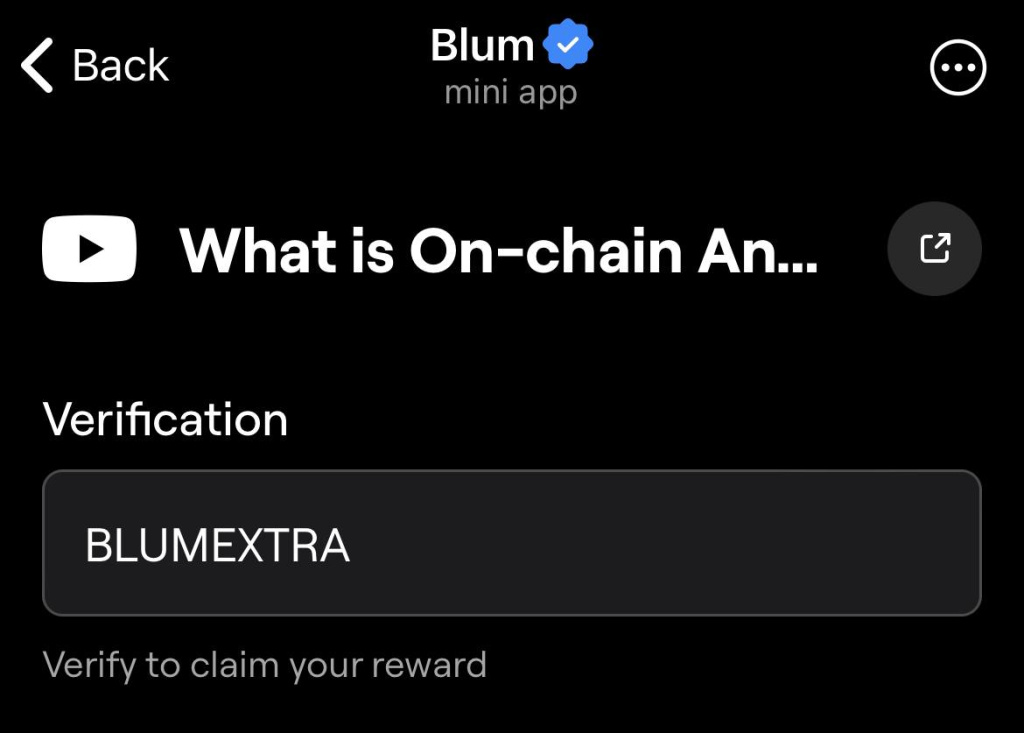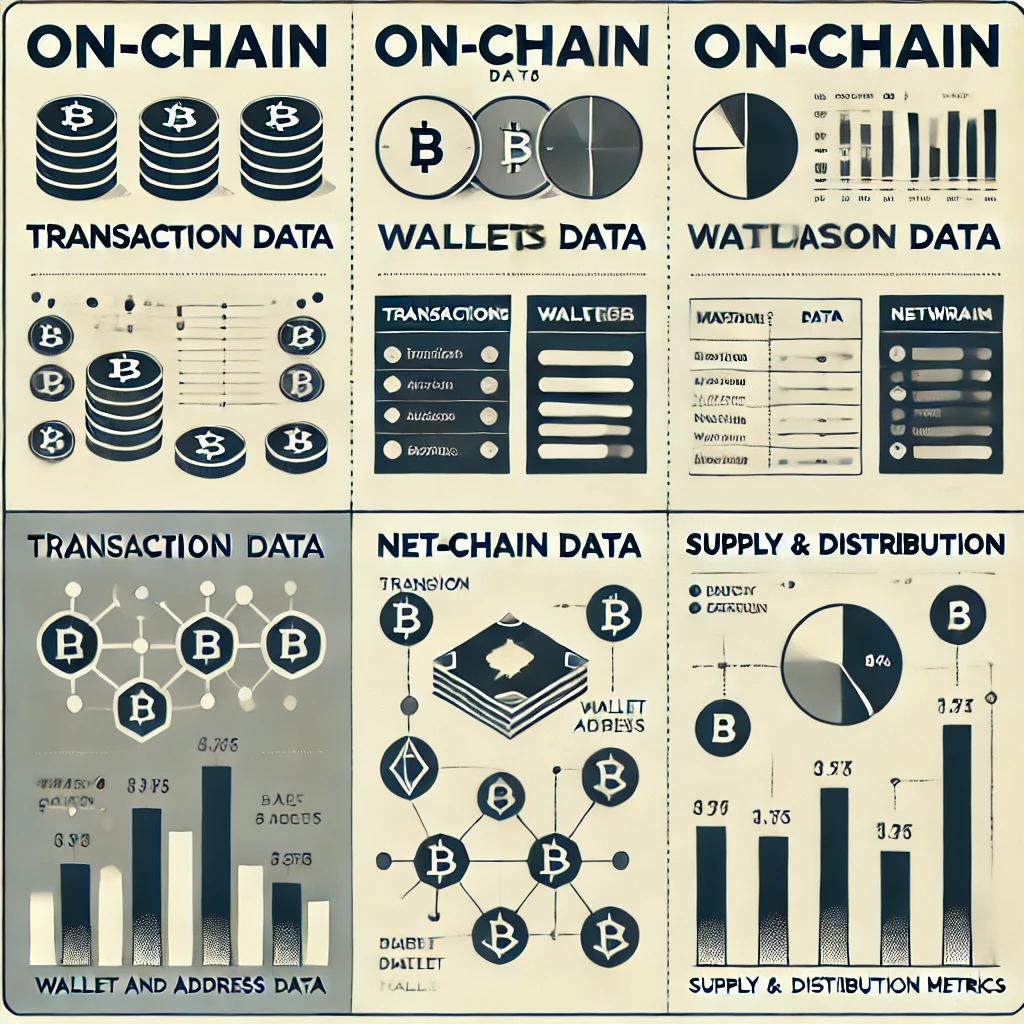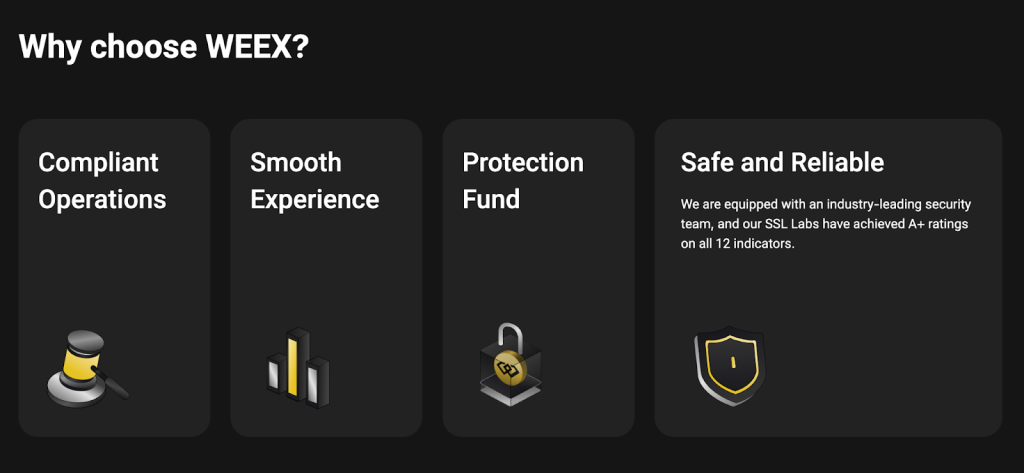Key Takeaways:
-Blum video task October 25-26: what is on-chain analysis”, code: BLUMEXTRA
-On-chain analysis is the study of blockchain data to gain insights into cryptocurrency networks and market trends.
-Recent popular Blum codes: Defi Risks Key Insights Blum Code: BLUMHELPS & Crypto Slang Part 2 Blum Code: FOMOOO
-The most comprehensive summary of Blum video codes are available on Blum summary.
Contents
- 1 What Is On-Chain Analysis Blum October
- 2 What Is On-Chain Analysis?
- 3 Importance of On-Chain Analysis
- 4 How Does On-Chain Analysis Work?
- 5 Types of On Chain Data
- 6 Essential Metrics for What Is On-Chain Analysis Blum Code
- 7 Discover More About What Is On-Chain Analysis Blum on WEEX
- 8 More Details of Blum Codes on WEEX
- 9 Find us on:
What Is On-Chain Analysis Blum October
The Blum Academy has released “What is On-chain Analysis? Track the Crypto Market Like a Pro,” video on October 25. This video dives deep into on-chain data, one of the most powerful tools for analyzing the crypto market. And What Is On-Chain Analysis Blum video discovers how to use platforms like Etherscan and BscScan to track key metrics such as active addresses, transaction volume, supply distribution, and Total Value Locked (TVL). By leveraging on-chain data, you can gain a clearer understanding of market trends and make more informed trading decisions.
What Is On-Chain Analysis Blum Video Code Task:
Video: What Is On-Chain Analysis
Blum Code : BLUMEXTRA

What Is On-Chain Analysis?
On-chain analysis is the process of evaluating blockchain data to gain insights into market behavior, asset flows, and overall network health. By analyzing data directly from the blockchain, users can assess how assets are moving, evaluate network participation, and better understand trends across cryptocurrency markets. As a data-driven approach, on-chain analysis helps investors, traders, and researchers make more informed decisions based on the transparent, decentralized nature of blockchain technology.
Importance of On-Chain Analysis
On-chain analysis offers a unique perspective that complements traditional financial and technical analysis. Since blockchain networks are transparent, every transaction, wallet balance, and smart contract interaction is recorded on a public ledger. This transparency enables analysts to gauge real-time market sentiment and trends. Here’s why on-chain analysis is important:
- Market Sentiment Analysis: By observing transaction volumes and wallet activity, analysts can infer whether investors are accumulating or selling assets. This insight helps in predicting potential price movements.
- Supply and Demand Dynamics: On-chain data reveals how much of an asset is held in active wallets versus dormant ones, giving clues about potential future market liquidity and supply.
- Network Health: Indicators like hash rate, number of active wallets, and transaction frequency help analysts understand the network’s security, adoption rate, and overall resilience.
- Identifying Trends and Anomalies: On-chain analysis is also useful for identifying unusual patterns or behaviors that could indicate market manipulations or predict price volatility.
How Does On-Chain Analysis Work?
On-chain analysis works by extracting data directly from blockchain ledgers, which hold all transaction histories and network interactions. Analysts use specialized tools and metrics to interpret these raw data points. Here’s a step-by-step look at the process:
- Data Collection: Data from blockchain networks (like Bitcoin or Ethereum) is extracted, including transaction details, wallet addresses, block information, and smart contract interactions.
- Data Aggregation: This raw data is then aggregated and categorized. For example, it may be segmented into metrics like total supply, circulating supply, transaction volume, and active addresses.
- Analysis and Interpretation: Analysts use specific metrics to interpret data, which could involve tracking wallet activity, monitoring inflows and outflows from exchanges, or examining fees and hash rates.
- Visualization Tools: Visualization tools and platforms (such as Glassnode, CryptoQuant, and Santiment) make it easier to understand these metrics by presenting data in user-friendly charts and graphs.
- Decision-Making: Based on the insights gathered, traders, investors, and researchers can make decisions regarding asset allocation, market entry or exit points, and risk assessment.
Types of On Chain Data
On-chain analysis relies on several types of blockchain data, each offering unique insights into market trends and network health:

- Transaction Data
Transaction data includes details like transaction volumes, frequency, and amounts. High transaction volumes often indicate strong interest in an asset, while changes in frequency can signal shifts in market sentiment. - Wallet and Address Data
Wallets and addresses provide insights into user activity on a blockchain. Key metrics here include the number of active wallets, wallet inflows and outflows, and the concentration of assets in certain wallets (often referred to as “whale activity”).

- Network Data
Network data examines the performance and health of the blockchain itself. For example, metrics like hash rate and mining difficulty provide insights into the network’s security level, while metrics like block time and gas fees show how efficiently the network processes transactions. - Supply and Distribution Metrics
These metrics look at how an asset’s supply is distributed across the network. Indicators like exchange reserves, which show the amount of an asset held on centralized exchanges, can suggest potential buying or selling pressure.
Essential Metrics for What Is On-Chain Analysis Blum Code
The “What Is On-Chain Analysis Blum Code” highlights several essential on-chain metrics that provide a well-rounded understanding of any asset’s market health:
- Total Value Locked (TVL): Often used for DeFi assets, TVL indicates the total value of assets locked in smart contracts, reflecting user confidence and market demand.
- Whale Ratio: This metric tracks the proportion of large transactions or holdings by major addresses, helping to detect the influence of large players on the market.
- Exchange Flow: Monitoring inflows and outflows to exchanges shows whether investors are likely to buy, sell, or hold, often impacting asset liquidity.
- Network Realized Profit and Loss (NRPL): This metric shows realized profits and losses across the network, helping identify the overall profitability of active market participants.
- Dormant Addresses: Dormant addresses indicate wallets that have held assets without movement. A significant increase in dormant addresses becoming active could indicate market shifts.
Discover More About What Is On-Chain Analysis Blum on WEEX
Since its launch, the Blum daily code has quickly become a favorite among fans. By watching daily Blum videos and entering hidden verification codes, users can earn bonus points—each valid code grants 250 BP. Some of these codes have gained significant popularity among cryptocurrency enthusiasts. WEEX will offer an in-depth overview of the Blum daily codes and delve into the emerging trends that have captured the attention of the Blum community.

WEEX Exchange is a leading cryptocurrency trading platform known for its user-friendly interface, advanced trading tools, and commitment to security. Whether you’re a beginner or a seasoned trader, WEEX offers a seamless trading experience with support for various cryptocurrencies, including BTC/USDT, ETH/USDT, DOGE/USDT, XRP/USDT, WXT/USDT SOL/USDT and other numerous altcoins. Beyond trading, WEEX is dedicated to educating its users, making it a trusted resource for those looking to stay informed in the fast-paced world of crypto.
More Details of Blum Codes on WEEX
Crypto Slang Part 1 Blum: A Ultimate Guide to Crypto Slang 2024
Blum Crypto Slang Part 1: Key Crypto Terms You Should Know
How to Find Altcoins with Blum Code: A Step-by-Step Guide
Blum Drop Game: How to Earn Free $DOGS Rewards
Navigating Bitcoin’s Market Cycles Using the Rainbow Chart and Blum Code
Understanding the Blum CRYPTO TERMS Code: A Key Tool for Cryptocurrency Analysis
What Are AMMs Blum Code? Current Summary of Blum Daily Codes
Comprehensive Summary of Blum AMMs Codes for October
Find us on:
Sign up for a WEEX account now: https://www.weex.com/register
[Supported Platforms]:

